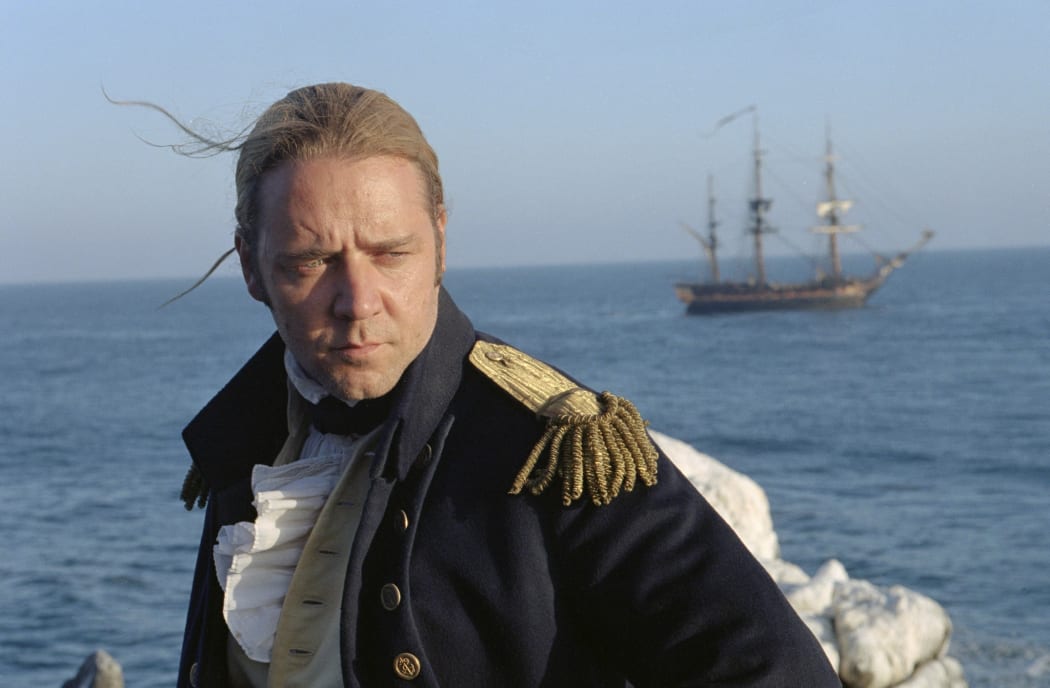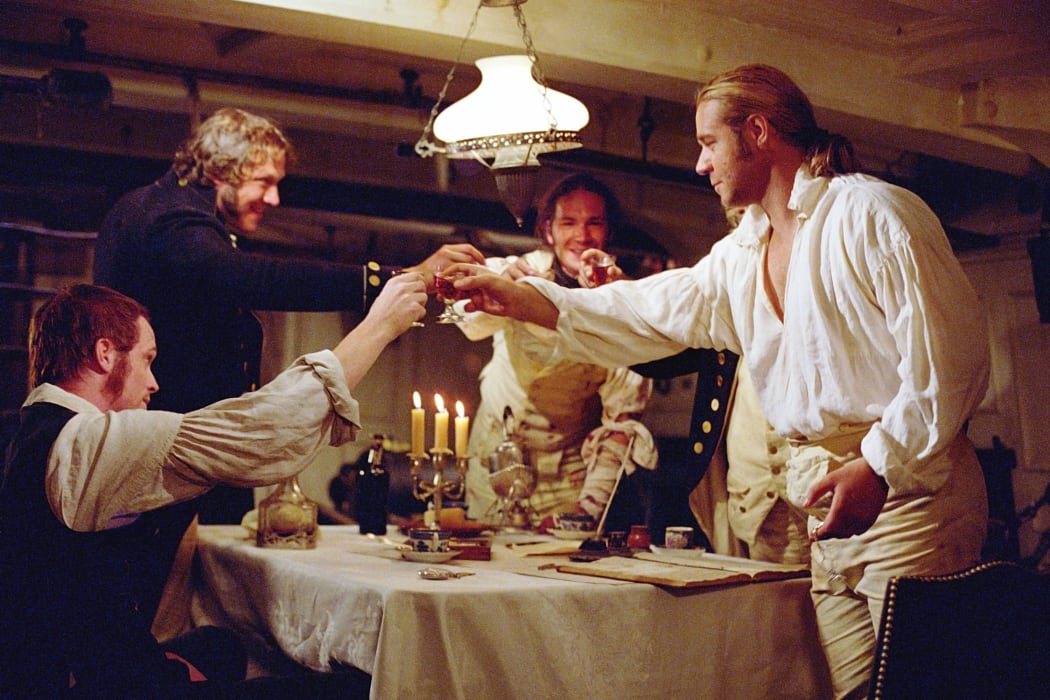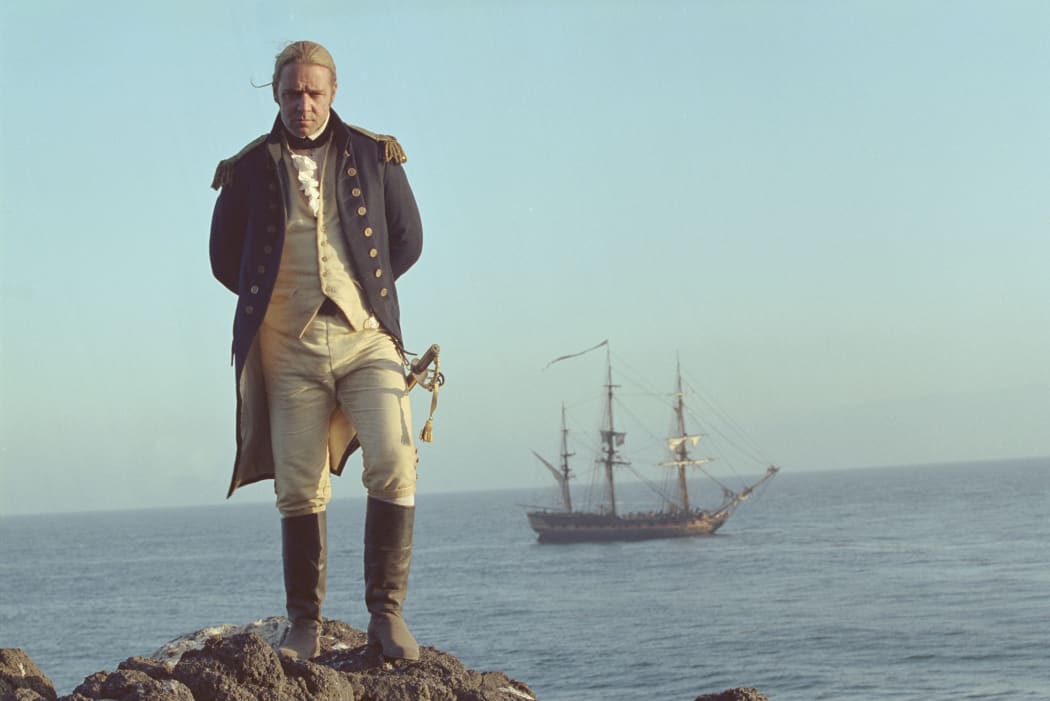Dan Slevin wonders whether the nostalgia for 35mm (and even 70mm) projection is justified.

Photo: Universal Pictures
The publicity, posters and trailers for Christopher Nolan’s new film Oppenheimer all proclaim Nolan’s belief in the primacy of ‘film’ as a film delivery mechanism. 70mm IMAX, he says is, “the highest quality imaging format ever devised.”
Well, that’s as maybe, but there are only 30 theatres in the world that can project that format and none of them are in New Zealand.
But Nolan, and film purists like him, have gotten me thinking.
Back when I was a cinema owner, I couldn’t wait for the demise of 35mm. It was bulky expensive and environmentally ruinous.
But was I denying the magic of film? Somebody once told me that when we saw a film projected on 35mm we were watching the same photons that the camera had seen on the day it was pointed at the action. Like how some say a vinyl record is the physical manifestation of the air that passed between the voice and the microphone in the recording studio. Was I being anti-romance? Anti-art?
A couple of weekends ago, on a visit to Sydney, I was invited to a special 20th anniversary screening of Peter Weir’s brilliant high seas adventure Master & Commander: The Far Side of the World at Cremorne’s Orpheum cinema, one of the few left in Australasia that can show 35mm film – and crucially it’s one of the few around the world that can screen Nolan’s Oppenheimer in 70mm (not IMAX).

Photo: 20th Century Fox
Realising that I couldn’t actually remember the last time I had seen anything on 35mm (it sort of fizzled out as a format rather than having a ceremonial ‘final’ screening), I was curious.
Before I jump into that specific experience, a little bit of background.
Films used to be distributed to cinemas in cans – if they were archive or repertory – or in cardboard boxes and a feature film would weigh something like 25kg.
For big blockbuster movies, they had to be produced in bulk in the US or Australia and over 600 of them sent by plane to arrive in New Zealand to then be trucked to cinemas. It was a heavyweight logistical exercise and – something we never liked telling the public – almost all of those prints would be disposed of at the end of their theatrical run.
They would be chainsawed in half so that they could never be screened again and sent to landfill. 35mm film is mostly plastic and chemicals and is therefore unrecyclable. Can you imagine the amount of water required to process all the prints for something like Mission Impossible?
No film studio was going to pay to have them shipped back overseas only to be disposed of there, so it was a case of doing the dirty work here in Aotearoa.

Photo: Stephen Vaughan/20th Century Fox
I remember when a pristine 60th anniversary print of Casablanca came to my theatre. We played it for a week – to good houses – and then sent it back to Auckland to be destroyed. The fear of piracy – and the tax man – dictated the result.
If you were the last cinema in the chain, you would be forgotten. Theatres in Wellington, Christchurch and Dunedin – the very end of the world – would contain countless tins of precious films they were legally unable to play. No point paying money to send them back and no way of disposing of them locally.
But was film actually good? Apart from just … the only way?
The best screenings of 35mm film I saw were the first – fresh out of the box on a Thursday at 11am. As a reviewer, they would often be the screenings I saw.
I remember De Niro’s The Good Shepherd in 2006 on first release looking absolutely pukka. Two weeks later – despite the best efforts of projectionists – the sprockets would have stretched bringing picture judder, dust and hair would have been introduced adding scratched and glitches, and projector heat would have started to buckle every frame.
A six-month old release print would have looked awful – but was usually the only way to see some films in New Zealand. Films containing large amounts of snow – Winterbottom’s The Claim comes to mind – not only betrayed by all the dirt on the screen but every scratch on the print.

Photo: BBC Films
So, how was Master & Commander?
Pretty crappy, to be honest, even though the film remains an absolute cracker.
It was a release print, so it deteriorated around the reel changes (the few seconds leading up to the dots in the right-hand corner that told projectionists about the timing), some reels looked dramatically different in colour timing from the previous reel, close-ups and mid-shots looked alright but go wider and things looked a lot fuzzier. It was never what you might describe as ‘sharp’.
It was also not bright – possibly a projection issue – nor was it particularly colourful. Was it Weir’s vision? Hard to tell.

Photo: 1996-98 AccuSoft Inc., All right
This is a format where model shots and mattes – purely analogue effects – weren’t as noticeable because the picture on screen wouldn’t betray them. I saw a 4K digital restoration of Sweet Smell of Success at the film society the other day and the picture was so sharp and so bright you could clearly see the acne (?) scars on Burt Lancaster’s face. I bet he would have something to say about digital taking over from film.
But for the rest of us, the obsessive analogue fetish that drives us towards buying $60 vinyl records that we play on Bluetooth-enabled toy turntables is a fashion that I encourage you to resist.
And, unless you are actually Christopher Nolan, I don’t believe your experience of Oppenheimer will be life changing if you go to Australia to watch it on film as opposed to your local multiplex.

